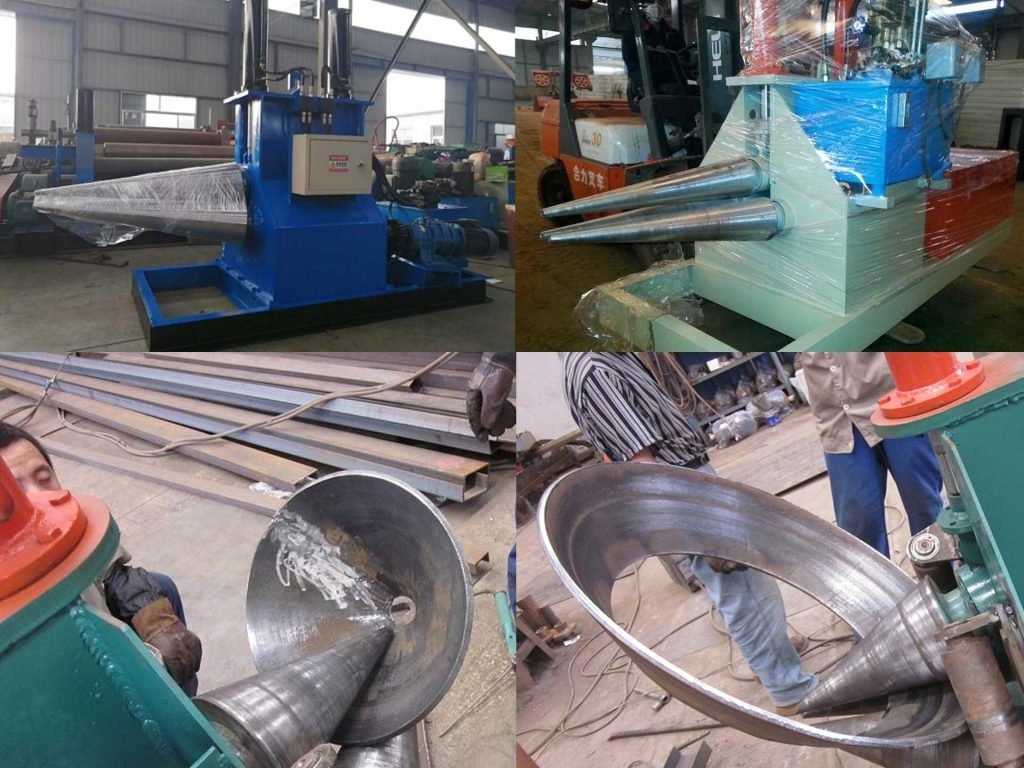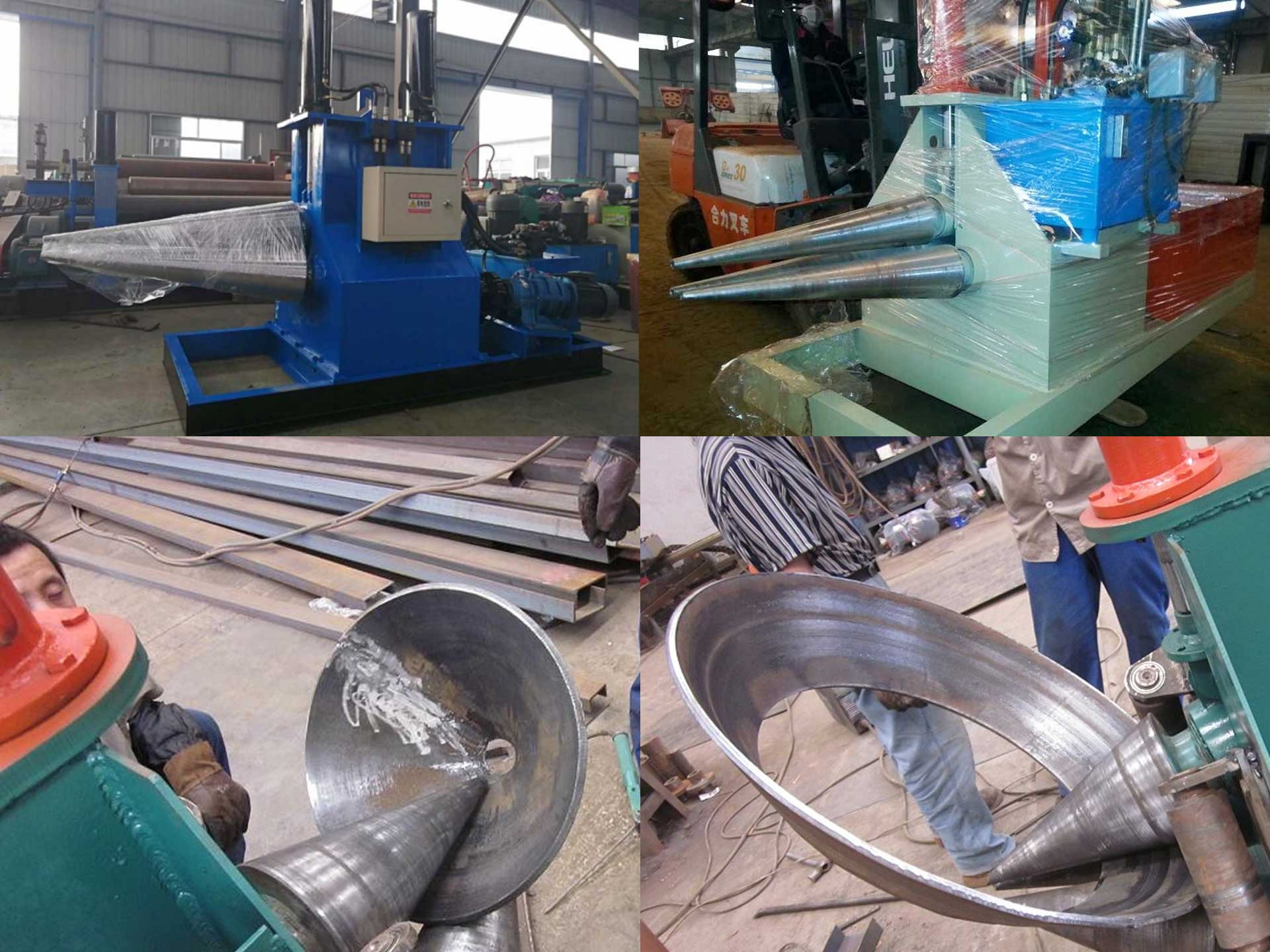What are metal cones used for?
Cones are used in many industries as transitions, pipe reducers/increasers, funnels, hoppers, and chutes. In architecture, cones are generally used for aesthetic purposes, whereas they tend to have a more functional use in construction. This can include the offshore wind industry as well as fossil fuel and gas industries. In these instances, cones can be used as funnels, to increase or decrease pipe width, and are frequently found in ventilation and ductwork. Light weight sheet metal cones are often used in metal ductwork in ventilation systems and cones made from heavy plates are used in metal ductwork for steel mills and other large manufacturing applications.
What type of cones is it possible to produce?
There are two types of cones that can be produced – non-truncated and truncated cones. First, we’ll take a look at non-truncated cones: Non-truncated cones present a full cone shape.
The second – and far more common – shape is a cone with diameters of two different sizes at each end. Or, to be a little more illustrative, a cone that doesn’t have a pointed tip.
When it comes to truncated cones, they can either be concentric or eccentric. So how can you tell the difference? If you imagine looking down a cone, a concentric one will have aligned diameters – so you’d see one perfect circle sitting dead in the center of another. The above image, for instance, is an example of a concentric cone. With an eccentric cone, if you look down the cone the circles won’t be aligned – the smaller diameter will be off-center.
How to make metal cones?
A variety of measurements are needed to make sure the cone is produced exactly as it should be, and precision is extremely important. When producing a truncated cone, the large and small diameter sizes are required, as well as the vertical height or the height of the slant, and the thickness of the metal – there’s a lot to consider. Other factors, such as the required tolerance allowance, also need to be considered. That’s why here at CSM, we take the time to plan and design a cone with its specific use in mind. So, if you ask CSM to produce a metal cone for you, you know exactly what you’ll be getting ahead of time.

Once the drawings and dimensions are finalized, the template of the cone can be cut. The sheet metal used is then bent either by cone rolling machine or by press braking – which is where the metal is essentially pressed on a V-block in order to bend it. The edges are then welded together to seal the conical shape. After welding, the cone will be calibrated before cutting it down to its final length.
2 ways to convert ordinary plate roller into cone bending machine
- The most convenient is to install a cone-rolling device on the machine.
- Make the rollers into a cone shape with a certain slope.
Cone bending machine produces a large lateral force during rolling. In addition, we should also install lateral reduction gear. The block wheel needs to be quenched. It will be more complicated to roll a conical workpiece.
Works Cited
- “The process of producing metal cones”, Customised Sheet Metal Ltd, 09 Aug. 2022, https://www.customisedsheetmetal.com/the-process-of-producing-metal-cones/
- “Forming Custom Metal Cones”, Chicago Metal Rolled Products, 09 Aug. 2022, https://www.cmrp.com/blog/applications/forming-custom-metal-cones.html
